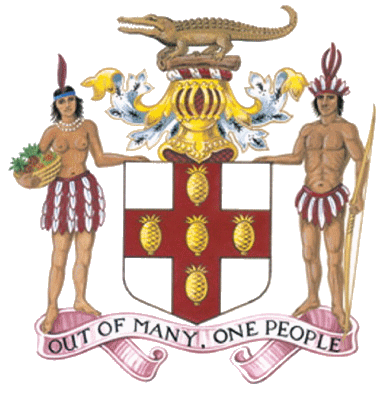OBSERVER: A total of 232 private schools with a sitting population of 4,365 students had 89.1 per cent mastery in the 2017 Grade Four Numeracy exams, compared to 64 per cent of the total public school students who achieved mastery. Nine point eight per cent of the private school students achieved almost mastery, compared to 27.1 per cent in the public school system, and just one per cent achieved non-mastery in private schools, compared to 8.8 per cent in the public school system.
However, there was a greater percentage point increase in students achieving mastery in numeracy in public schools compared to private schools when compared to 2016, with public schools showing a seven percentage point increase, while private school performance increased by 3.8 percentage points.
The Ministry of Education outlined that of the 765 public schools, 758 entered 33,652 students to sit the numeracy tests. Of the 21,550 students who achieved mastery, 54.8 per cent were girls, and 45.2 per cent boys. Some 19 per cent of the schools (146) performed in the highest quintile or fifth tier (80-100 per cent), and 1.7 per cent (13 schools) fell in the lowest quintile or first tier (0 to less than 20 per cent). The majority of public schools were in the third and fourth quintiles — that is between 40 and 80 per cent.
In the private schools, of the 3,891 students who achieved mastery, 50.6 per cent were girls, and 49.4 per cent were boys. In an assessment of the results from 2013 to 2017, national percentages have shown girls consistently outmastering boys in the numeracy tests for each year.
The ministry outlined that in June 2017, a total of 38,049 students sat the test — 33,652 from public schools, 4,365 from private schools, and 32 from special schools. Approximately 67 per cent of this total achieved mastery, representing a total percentage increase by seven per cent over 2016. Twenty-five point one per cent achieved almost mastery, and 7.9 per cent non-mastery. Of the total 25,441 students who achieved mastery, 54.2 per cent were girls, and 45.8 per cent were boys. Of the 32 students from special schools who sat the exams, 22 per cent mastery was achieved. Boys accounted for 23.8 per cent of those who achieved mastery.
For the Grade Four Literacy tests, a total 49,960 students sat the test from public, private and special schools. Of this number, 38,083 sat the test for the first time (33,680 from public schools, 4,371 from private schools, and 32 from special schools). Some 85 per cent of the total students achieved mastery, 10.7 per cent almost mastery, and 4.3 per cent non-mastery. Of the 32,340 students who achieved mastery, 53.4 per cent were girls, and 46.6 per cent were boys. Approximately 56 per cent (18) of the students from special schools achieved mastery, with boys accounting for 42.9 per cent, and girls 81.8 per cent.
For public schools, the 765 schools with grade four enrolment entered 33.680 students, with approximately 83 per cent attaining mastery, 11.7 per cent attaining almost mastery, and 4.9 per cent non-mastery. The percentage of students achieving mastery increased by four percentage points over 2016.
Of the 28,104 students who achieved mastery, 53.8 per cent were girls, and 46.2 per cent boys. Some 62 per cent (472 schools) performed in the highest quintile or fifth tier, and 0.1 per cent (one school) fell in the lowest quintile.
The ministry said the majority of schools continue to attain mastery levels between 60 and 100 per cent, that is in the fourth and fifth tiers.
A total of 4,371 students from 232 private schools sat the test. These students achieved approximately 97 per cent mastery, 2.8 per cent almost mastery, and 0.3 per cent non mastery. The percentage of students achieving mastery increased by approximately three percentage points when compared to 2016. Of the 4,236 students who achieved mastery, 98.1 per cent were girls and 95.7 per cent were boys.
In an assessment of the results from 2011 to 2017, national percentages have also shown girls consistently outmastering boys in the literacy tests for each year.
Mastery is assigned to the child who has successfully attained the requisite mathematical and literacy knowledge and skills and is considered literate and numerate, while non-mastery means that the child has not mastered any of the combinations of skills tested, and is considered non-literate.
The ministry said achieving a numeracy target of 85 per cent by 2018 requires the collaborative effort of all stakeholders including parents, schools and communities.

